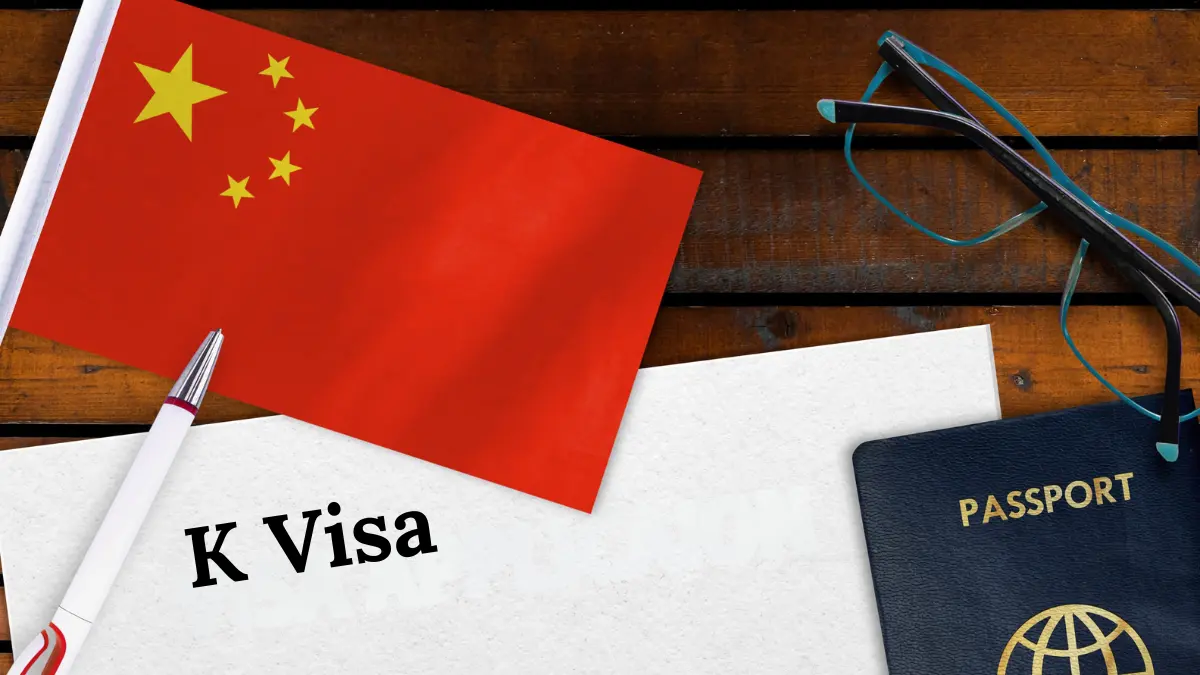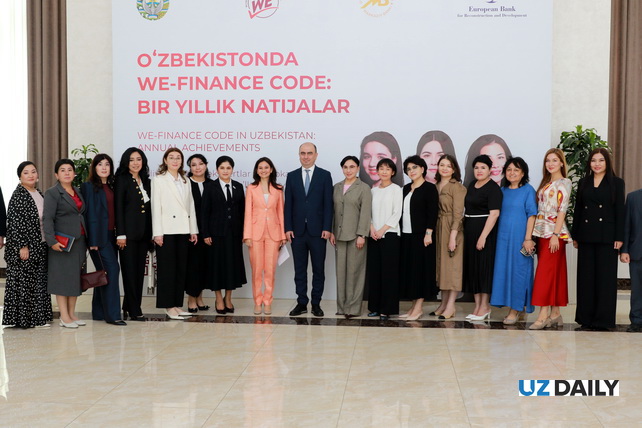By Sydney Elike
Copyright thesun

Esther Bassey
China has introduced a new visa category, the K visa, which is aimed at attracting young international professionals in science, technology, engineering, and mathematics (STEM).
The scheme, which takes effect from October 1, 2025, is part of Beijing’s broader effort to boost innovation and compete globally for high-skilled talent.
Here are five key points to know:
1. Aimed at Global STEM talent
The new visa is designed to draw in young scientists, researchers and engineers, strengthening China’s innovation ecosystem and giving it an edge in the global talent race.
2. Eligibility focused on education and expertise
Applicants are expected to hold at least a bachelor’s degree in a STEM field from a recognised university or research institution. Those engaged in STEM education or research are also eligible.
3. No sponsorship or job offer required
Unlike traditional work visas, the K visa does not require applicants to secure a Chinese employer or host institution. Selection is based on academic qualifications, age and professional background.
4. Flexible rules for entry and stay
K visa holders can expect multiple entries, longer validity and extended stays. They will also be permitted to engage in activities ranging from academic exchange and research to entrepreneurship and business cooperation.
5. Key details still unclear
Authorities have not yet defined the age limit, the exact duration of stay, or policies regarding family dependents. It is also uncertain whether the K visa will serve as a pathway to permanent residency.
China’s new K visa marks a bold step to draw in young STEM talent, but with key details still missing, many will be watching closely to see how the policy plays out in practice.



